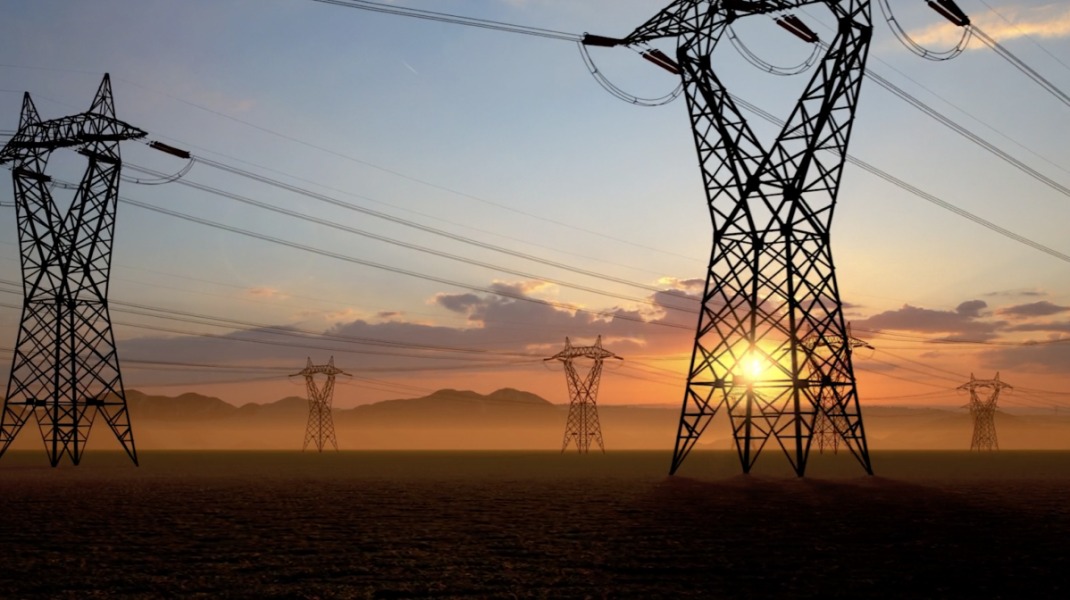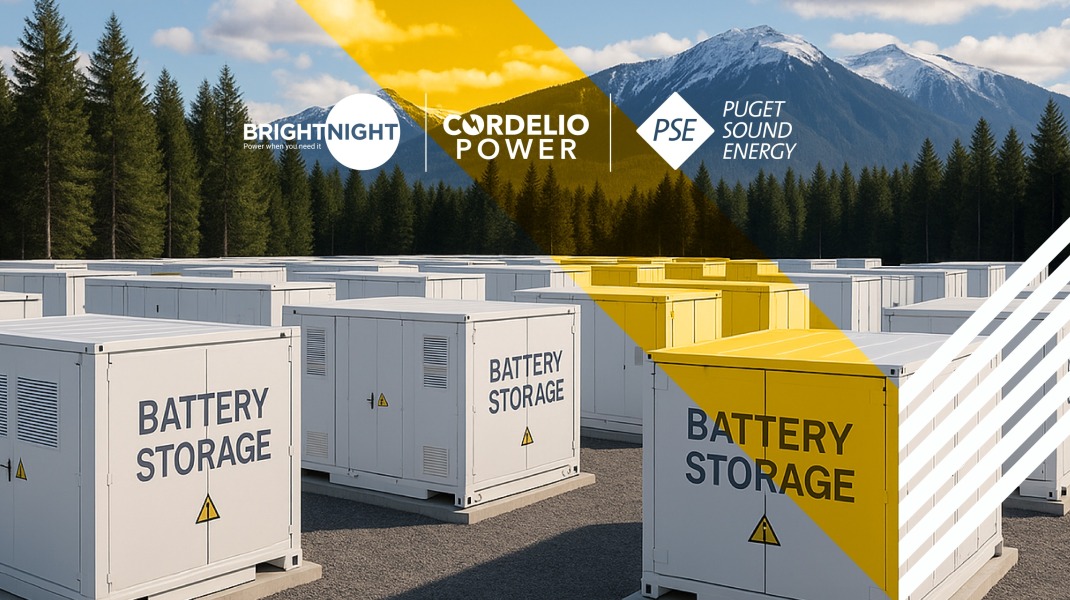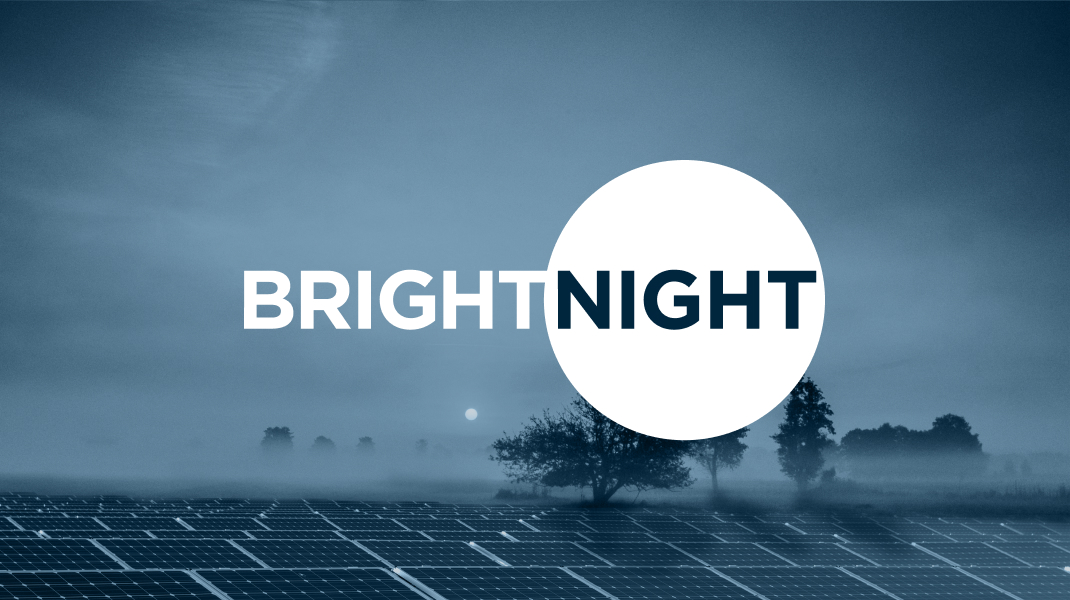Powering the Future of the Pacific Northwest

Growing and Vibrant Region Driving Demand for More Power
The Pacific Northwest is a vibrant and rapidly evolving region, brimming with immense economic potential. However, it faces a unique set of challenges that need to be addressed to fully realize this potential and enable its continued growth. Access to reliable and affordable power is among the most significant of these challenges.
According to the 2023 Northwest Regional Forecast released by the Pacific Northwest Utilities Conference Committee (PNUCC), the electric load in the region is projected to increase by 20% over the next five years. This increase is largely due to new industrial demand, including the growing need for data centers and AI operations, as well as the significant growth in residents and businesses making the region their home. To exacerbate matters, regional weather events—such as the west-wide heat wave in 2020 and the strong winter storms in 2021 and January 2024—pose challenges for the Utilities and Load-Responsible Entities in the region in terms of planning and operating the system to meet resource adequacy requirements established by the Western Resource Adequacy Program (WRAP).
The region is a leader in sustainability and electrification. For example, Washington State Ferries—the largest U.S. ferry system by ridership, carrying more than 17 million people in 2022—is already working to shift its fleet to zero emissions. The conversion of its ferries began in September of 2023. The state of Washington is also third in the nation in the adoption of electric vehicles per capita, closely followed by Oregon in fourth place.
The states of Washington and Oregon have set clean energy standards with 100% zero-emissions goals by 2045 and 2040, respectively. The historically robust hydro network creates a clean balancing source to integrate additional renewables while providing one of the cleanest power supplies in the nation. Large utilities, including PacificCorp, Puget Sound Energy, and Portland General Electric, have set their own ambitious zero-emission goals. Demand for renewable energy is high, and the call for more power has never been more urgent.
Cleaner Solutions and Addressing Transmission Congestion through Storage
Responding to this call, BrightNight is bringing its 10.6 GW of clean, renewable, dispatchable power to the Pacific Northwest. Part of this portfolio is the BrightNight Hop Hill project, currently under development in Benton County in the state of Washington. This cutting-edge project, designed for maximum efficiency using BrightNight’s proprietary AI-driven software platform, will provide 500MW of renewable solar energy combined with 500MW of battery storage, resulting in high value with a high capacity factor and improved dispatchability. This project is ideally located to provide clean, dispatchable, deliverable, energy to the immense load growth in the region.
However, increasing clean energy generation is not the only requirement necessary for meeting the region’s rapidly growing power demand. The transmission infrastructure is a critical bottleneck in the clean energy transition in the region.
The challenge of serving new and growing load in the Pacific Northwest emphasizes the pivotal role of the transmission grid. A disproportionate amount of load is west of the Cascades. Due to the climate and topography, the land east of the Cascades is rich in solar, wind, and hydro resources. As more renewable projects are developed in that region, this will further increase the load on the transmission system, which is already strained well beyond its original design. Moreover, the existing grid is primarily designed for centralized, fossil-fuel-based energy production and the distribution of hydro generation. It is not well-suited for accommodating decentralized as-available renewable energy sources. This, along with challenging Resource Support Sources (RSS) costs for integration, creates difficulties in integrating renewable energy into the grid efficiently.
While adding the required transmission capacity is highly capital-intensive, funding is not the only challenge here. Building transmission lines is a time-consuming process, especially for interstate transmission lines, due to complicated regulatory processes. Expansions to the transmission system can take years to plan, permit, and construct, with timelines in the 10 to 15-year range, especially given the varied historical land interests. Even with these enhancements, there will not be sufficient capacity to meet the targets for the region.
One part of the complex answer to this seemingly daunting challenge lies in leveraging energy storage as a transmission asset. With its significantly shorter permitting, development, and construction timelines and a minimal land footprint, energy storage is uniquely positioned to mitigate existing or new transmission constraints. Storage as a transmission asset can help utilities use existing transmission capacity more efficiently, maintain electric system reliability, and ultimately facilitate and accelerate the clean energy transition.
BrightNight’s ~11 GW renewable power and storage portfolio in the Pacific Northwest, which includes 21 projects in advanced development across the region, is strategically designed to optimize the existing transmission infrastructure while adding critical capacity to the grid. Our portfolio of projects is not simply advanced via land acquisition and permitting, but also through our thoughtful approach to community engagement. Opposition to renewable energy infrastructure is one of the biggest barriers to efficient permitting and construction. Over the past five years, BrightNight has learned about the unique needs and concerns in an area with a diverse audience of stakeholders and built public outreach and project designs to garner local support.
Responsibly Solving for the Future
The energy industry in the Pacific Northwest has reached a pivotal point. The region is grappling with unprecedented supply-demand conditions that are critical to its continued growth and economic prosperity. By 2033, the Pacific Northwest will have peak capacity deficits of about 11,000 MW in summer and 9,500 MW in winter if no additional resources are added, according to the same forecast by the PNUCC. Power supply is a major challenge that many industries in the Pacific Northwest are facing as they seek to ramp up and increase investment in the region. Addressing power generation and transmission constraints is a key challenge that the region needs to tackle within the next several years. Energy storage as transmission can play a significant role in helping utilities maintain a reliable electric system while managing the complexities of upgrading the regional transmission grid. This approach is essential to accommodate and expedite the adoption of renewable resources, thereby accelerating the clean energy transition in the region.
The Pacific Northwest, blessed with abundant renewable energy resources and a progressive stance on environmental issues, is well-positioned to overcome the obstacles it is facing today. BrightNight is ideally positioned to meet the region’s urgent needs, addressing both demand and the limitations of an overburdened transmission system. In an era marked by energy challenges, BrightNight is building reliability for its customers, going beyond just delivering power. Our mature project portfolio, advancing through experienced leadership, ideal locations, and cutting-edge dispatchable solutions, is tailored to meet the unique needs of each customer in the region.
Our team of industry-leading experts understands the region’s power needs and is eager to collaborate with forward-thinking customers in the Pacific Northwest.
To learn more about BrightNight’s ~11 GW renewable power and storage portfolio in the Pacific Northwest, please contact our Origination team at origination@brightnightpower.com.

